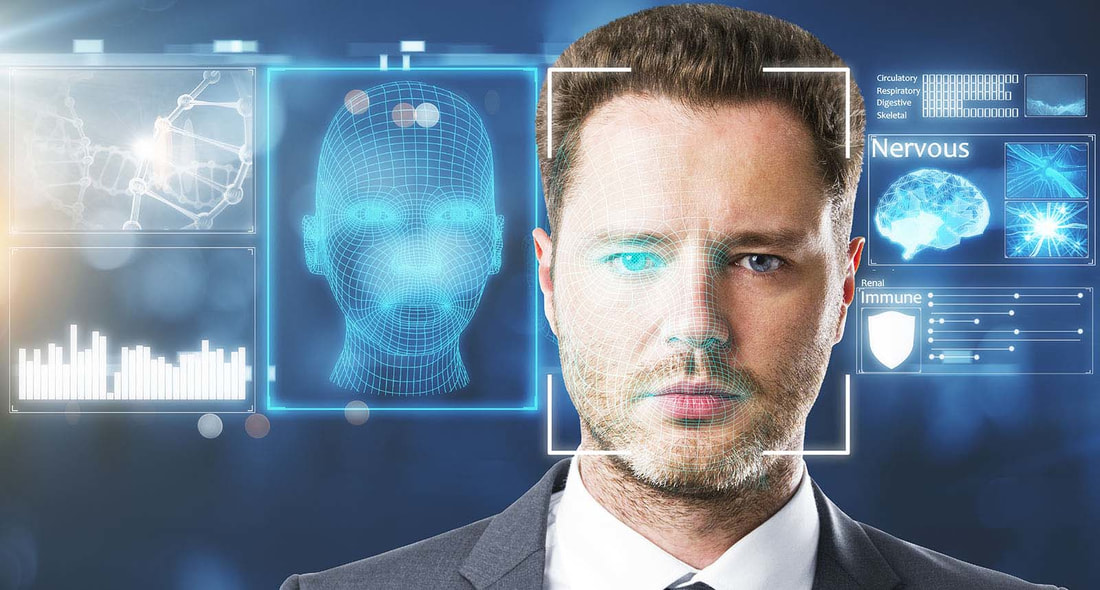Border Protection officials began rolling out facial biometric projects at airports and land crossings this summer. As travelers enter the U.S., they are ushered directly to a CBP official, who checks their documentation while overhead cameras match their faces to a gallery of images. For U.S. citizens, the picture is matched to the passport photo on file. If the photos don’t match, the travel is pulled aside for further investigation.
Washington Dulles International Airport recorded the first detention due to facial recognition technology just three days after the new system was turned on, stopping a Congolese national attempting to enter the country on a false French passport. Since that time, Dulles’ program has stopped two more alleged imposters.
The facial recognition entry program is currently running at 15 international airports, though no others have reported detentions or arrests due to the systems, according to CBP figures.
Facial biometric programs in place at land border crossings have proven more useful, according to the numbers. As of Nov. 20, 2018, CBP officers have apprehended 23 people trying to enter the country illegally at the southwest border in Arizona: 18 at the crossing in Nogales and five at San Luis.
With land and air pilots running, CBP recently began testing the technology at sea, as well. Facial recognition pilots have started for travelers debarking in the U.S. from Royal Caribbean, Norwegian and Celebrity cruise lines. These pilots have yet to flag any potential imposters traveling aboard.
Several airlines and eight international airports are also using facial recognition for boarding planes, including Air France/KLM, Scandinavian Airlines and some United flights out of Dulles.
Read here.


 RSS Feed
RSS Feed